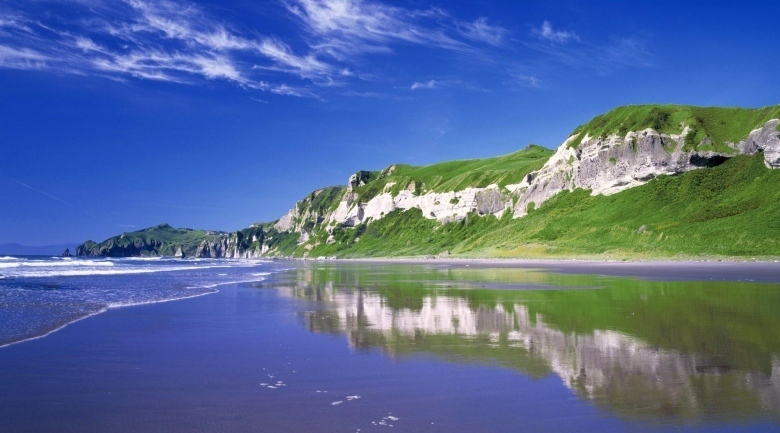
The American Southwest may be headed for a “megadrought,” an arid period longer than any in recent memory. Under normal conditions, dry periods of several decades or more come once or twice in a millennium, but the changing climate has made the danger much more imminent.
Now, a new study has determined there is a 50 percent chance that a drought as long as 35 years will occur in the next century. And the chances of another decade-long drought are as high as 80 percent. In order to understand the conditions that lead to these rare multi-decade dry periods, researchers went into the field to study the traces that ancient weather patterns leave behind. “You go up into the mountains and these beautiful places where moisture limits growth to take samples,” Dr. Toby Ault, lead researcher of the study, tells Popular Science.
In dry places, plants grow slower and the gaps between their annual tree rings are shorter. By matching up modern tree rings with ancient wood, such as beams from pre-Columbian Native American desert dwellings, researchers can track annual moisture patterns going back centuries. That’s an important part of how they know the Southwest has been through megadroughts before, as well as how often they’ve happened. Plus, climate models have long predicted the Southwest will lose water as the Earth warms, and the prolonged drying period predicted for the coming years looks eerily similar to the periods that preceded the sustained dry periods of the past.
